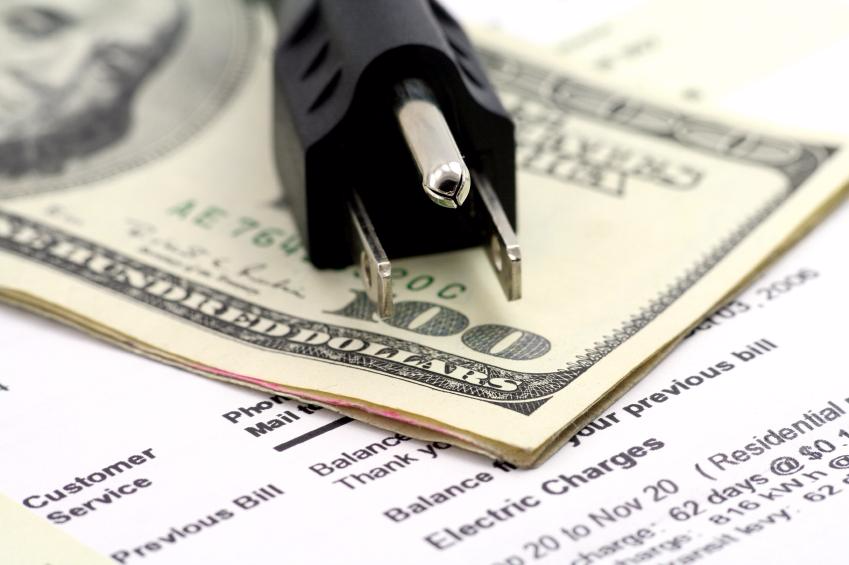AARP Hearing Center

Four Public Hearings from October to December Offer Ratepayers Opportunity to Provide Testimony
AARP Connecticut urges the Public Utilities Regulatory Authority (PURA) to deny the proposal by United Illuminating Company to implement a rate increase that will significantly raise the cost of electricity for Connecticut ratepayers, who already pay the highest retail electricity price in the continental United States at 19.82 cents per kilowatt-hour. The complete testimony submitted to PURA by AARP Connecticut is below.
In addition, AARP Connecticut encourages potentially impacted residents to exercise their power by providing comments during any of the four public hearings taking place from October to December:
- Wednesday, Oct. 19, at 5:30 p.m.: Edward Smith Library, 3 Old Post Road, Northford, CT 06472
- Tuesday, Nov. 29, at 5:30 p.m.: City of New Haven Clerk Hearing Room, 200 Orange Street, New Haven, CT 06510
- Tuesday, Dec. 13, at 12:00 p.m.: Virtually via https://ctdeep.zoom.us/meeting/register/tZYtcuGvqzMuGtQLJ0g8YoslFHhuja6jXuXM
- Thursday, Dec. 15, at 7:00 p.m.: Virtually via https://ctdeep.zoom.us/meeting/register/tZ0sd-uvpzMsE92fo03vV7n1obVu8TQoud4l
The testimony AARP Connecticut submitted to PURA follows:
United Illuminating Company Rate Case
(Docket DN 22-08-08)
Comments of AARP Connecticut
On behalf of our nearly 600,000 members in Connecticut, many of whom live in United Illuminating’s service territory, AARP hereby respectfully submits comments in the above-captioned proceeding conducted by the Public Utilities Regulatory Authority (“Authority” or “PURA”) regarding Docket No 22-08-08. Many of our members are on moderate, low, or fixed incomes and were hard hit by the economic impacts of the pandemic and continue to be challenged substantially by inflation. Additionally, global energy market volatility has contributed to record high electricity rates.
Connecticut has the highest retail electricity price in the continental United States at 19.82 cents per kilowatt-hour, according to 2020 data from the federal Energy Information Administration. The U.S. average is 10.59 cents. Connecticut electricity consumers already are in a challenging position and utility bills are already unaffordable for many UI customers.
AARP acknowledges that the reasons for our high rates are complex and there are no easy fixes. However, we present suggestions to mitigate the problem. Our specific comments and recommendations are as follows:
The rate increase is too large. UI’s application states that the actual change in revenue in year one will be an estimated $54.2 million, producing an average total bill increase of about 4.9% per year for 3 years for all rate classes. This is an estimated monthly bill increase of $10.37 in the first year on the average residential electric bill of $198.80, one of the highest electricity rates in the country. Additionally, this nearly 5% increase per year for three years will have a compounding effect, raising the average estimated monthly bill to $230.60 by year 3. Additionally, UI states that customers are paying less now than when rates are approved in 2016. While this is true, it is a misleading statement. UI was required to return nearly $45 million to customers in 2021 because it had overcharged customers after the 2017 federal corporate tax cut.
PURA should closely review the spending. UI's 3-year rate case is based on speculative forecasted costs. In 2016, UI requested a rate increase that would have raised its revenues by nearly $100 million over 3 years but PURA found and approved a rate increase by 40% less than the company requested. PURA should examine UI’s request and forecasted costs closely so that any unnecessary costs are not approved.
AARP supports the low-income rate proposal and recommends tying it to enrollment in assistance programs like LIHEAP. UI includes a plan to provide a low-income rate discount for monthly electric bills of residential customers who meet certain household size and household income criteria, anticipating compliance with PURA’s proposal to ensure that energy does not exceed 6% of income for any household. AARP suggests tying this low-income rate to other assistance programs like enrollment in LIHEAP. LIHEAP benefits those with low or fixed incomes, who pay a higher percentage of their incomes towards energy bills. It also benefits those ratepayers who might be elderly, disabled or have young children.
AARP suggests using federal funds for the proposed CLEAN EARTH Initiative. Federal dollars made available by the Infrastructure Investment and Jobs Act and the Inflation Reduction Act should be used instead of ratepayer dollars for some of the requested spending. This includes energy efficiency measures, grid upgrade spending, and resiliency projects to address climate change. Where federal dollars cannot be used, spending requests should be reviewed, trimmed, or phased in wherever possible. Ratepayers simply cannot afford to be burdened with the costs of such new programs – if they are even needed – especially when so much federal funding is available.
AARP appreciates the opportunity to submit comments and looks forward to providing additional feedback on the docket.
Sincerely,
John Erlingheuser
Advocacy Director, AARP Connecticut































































